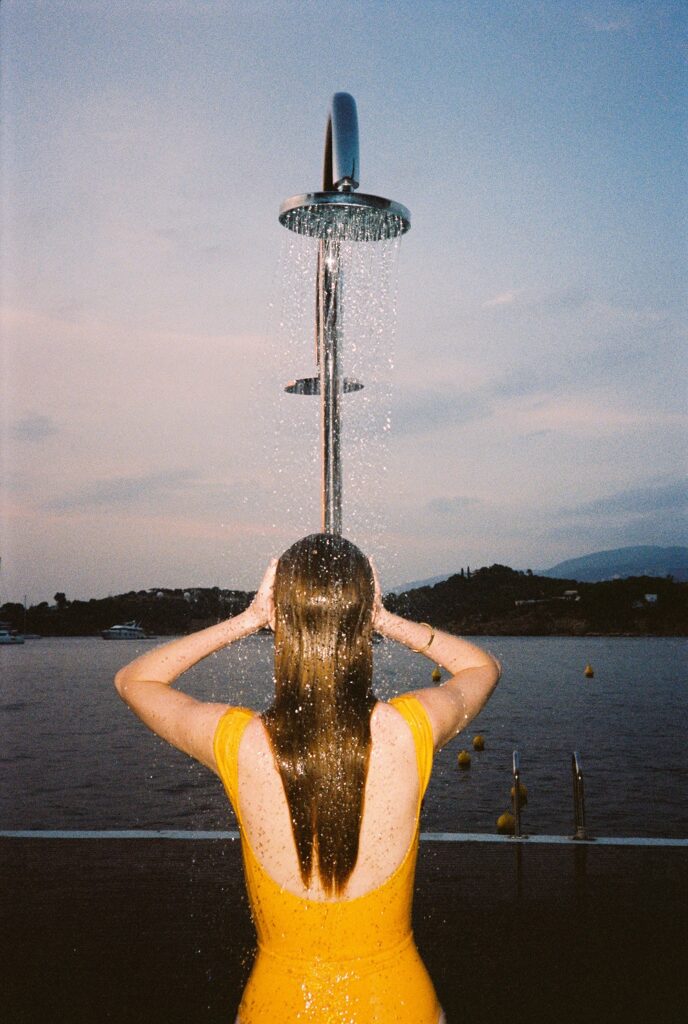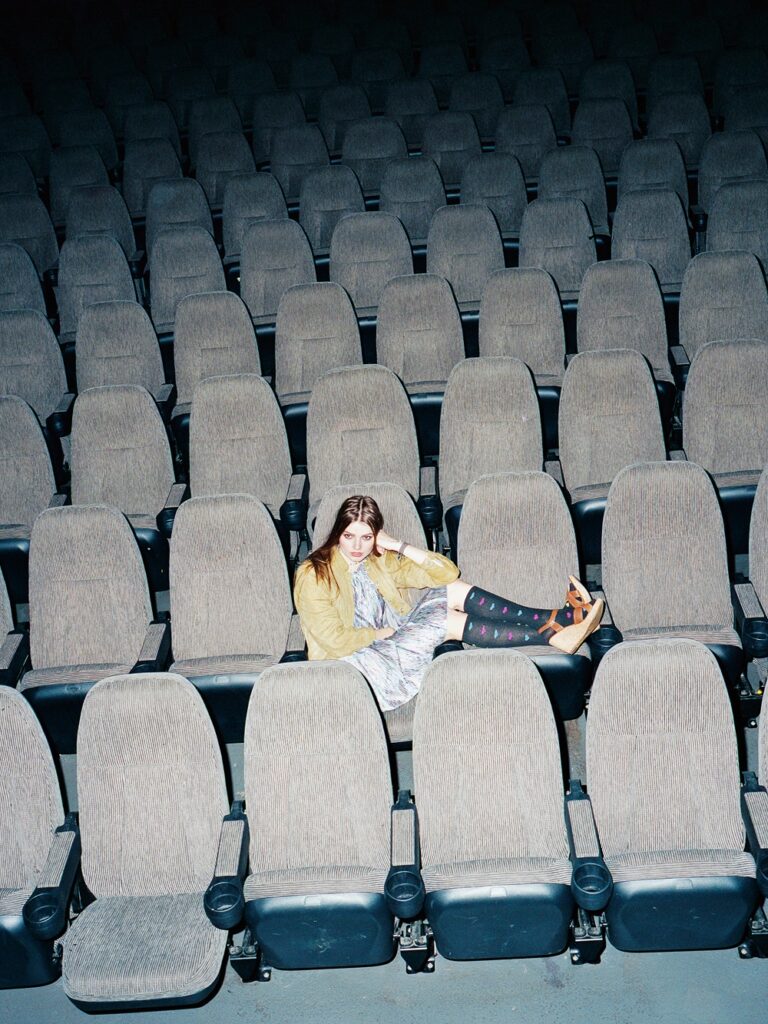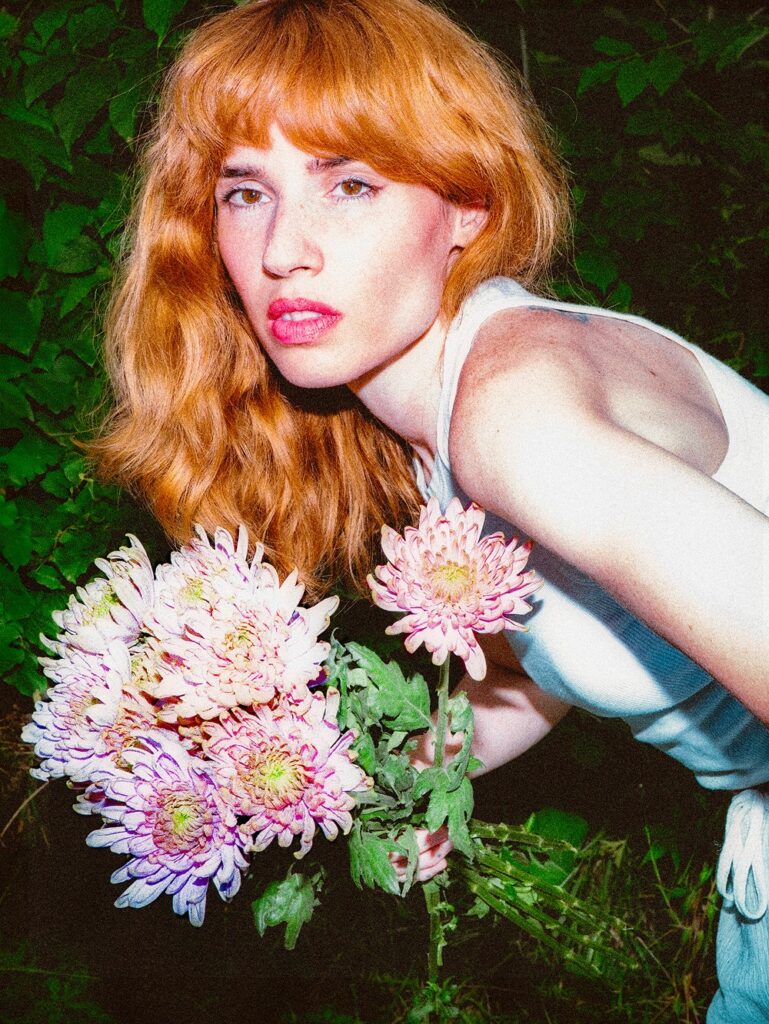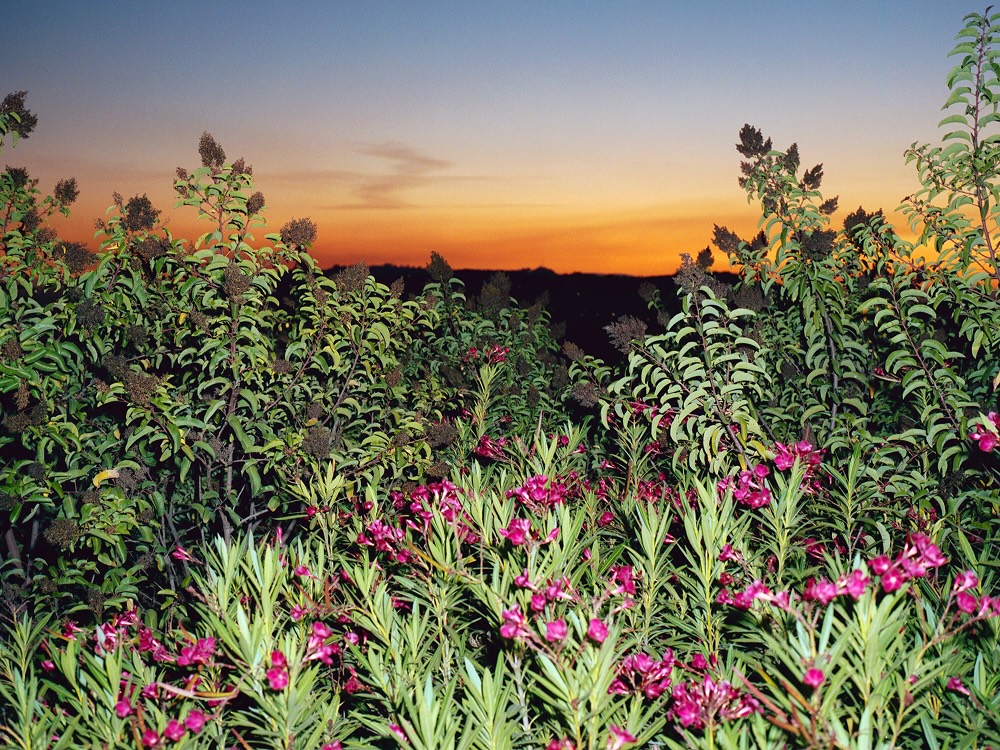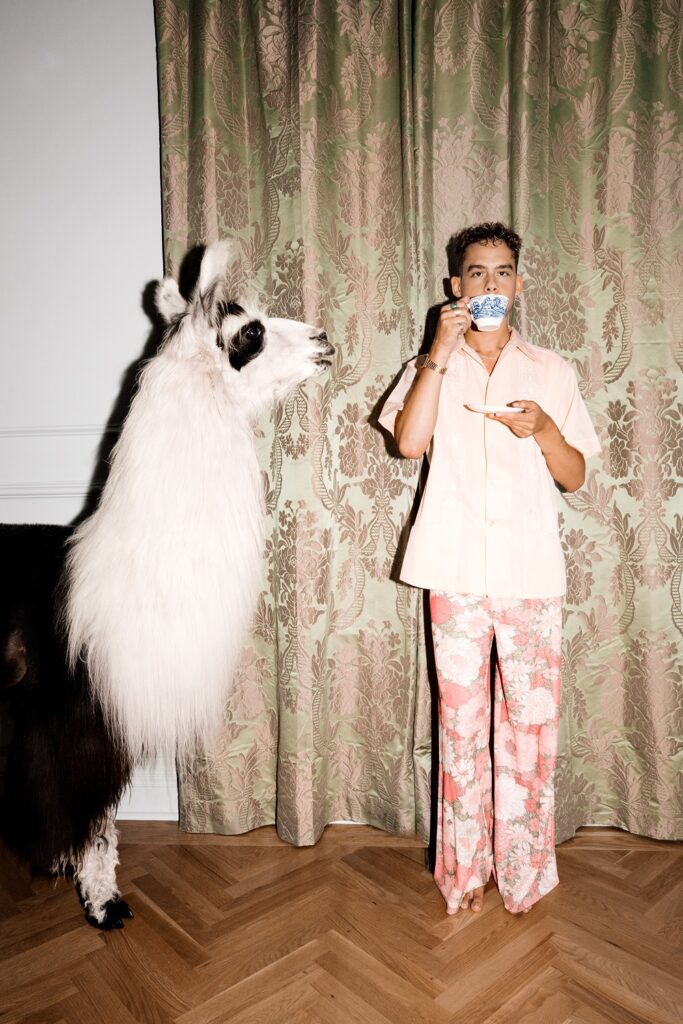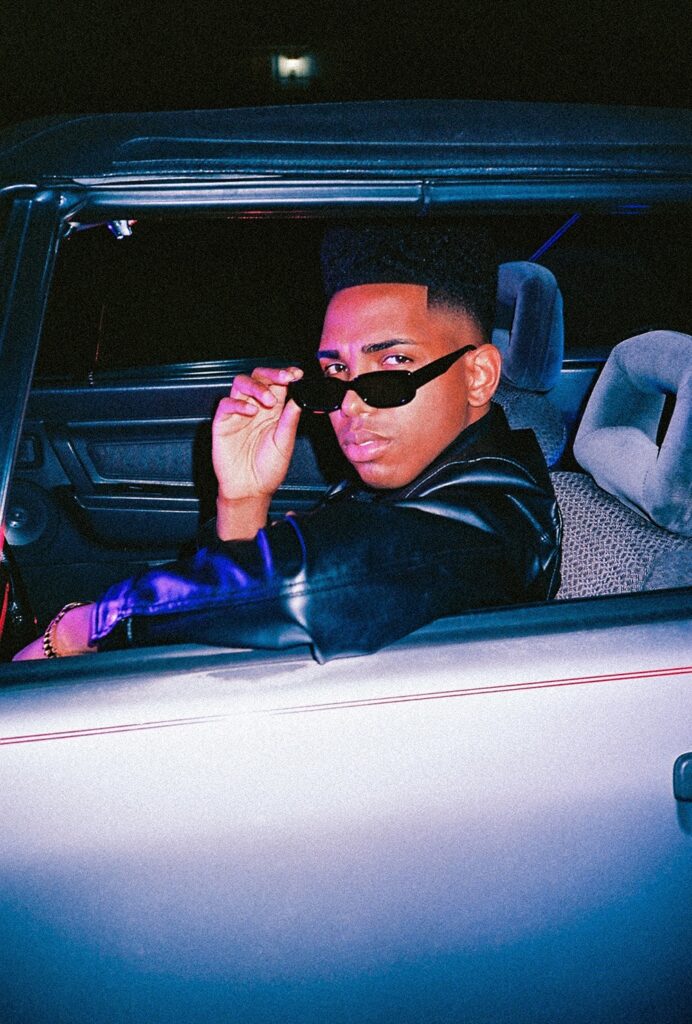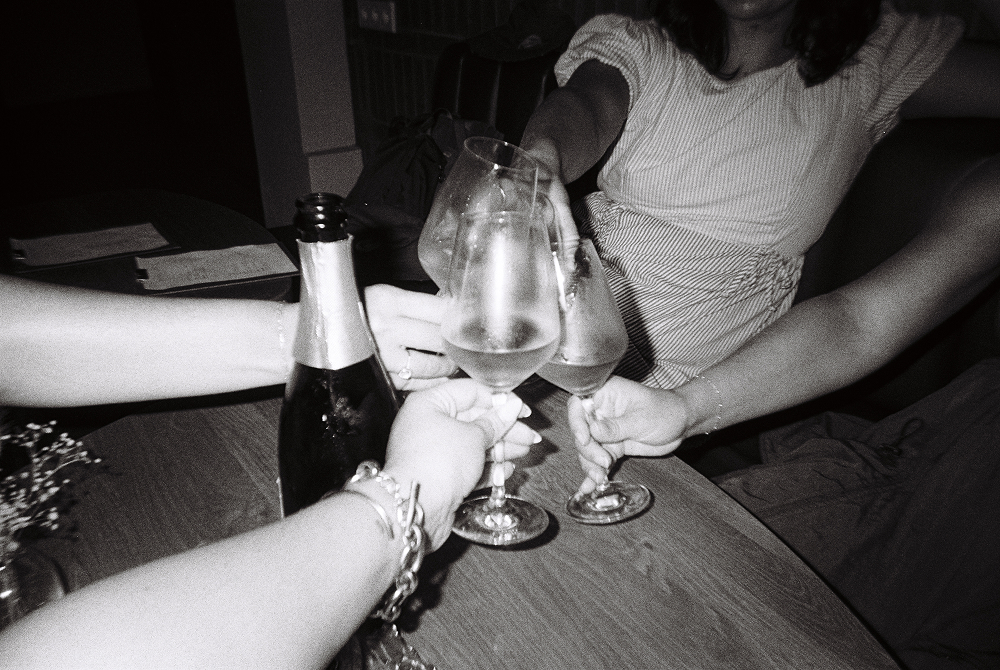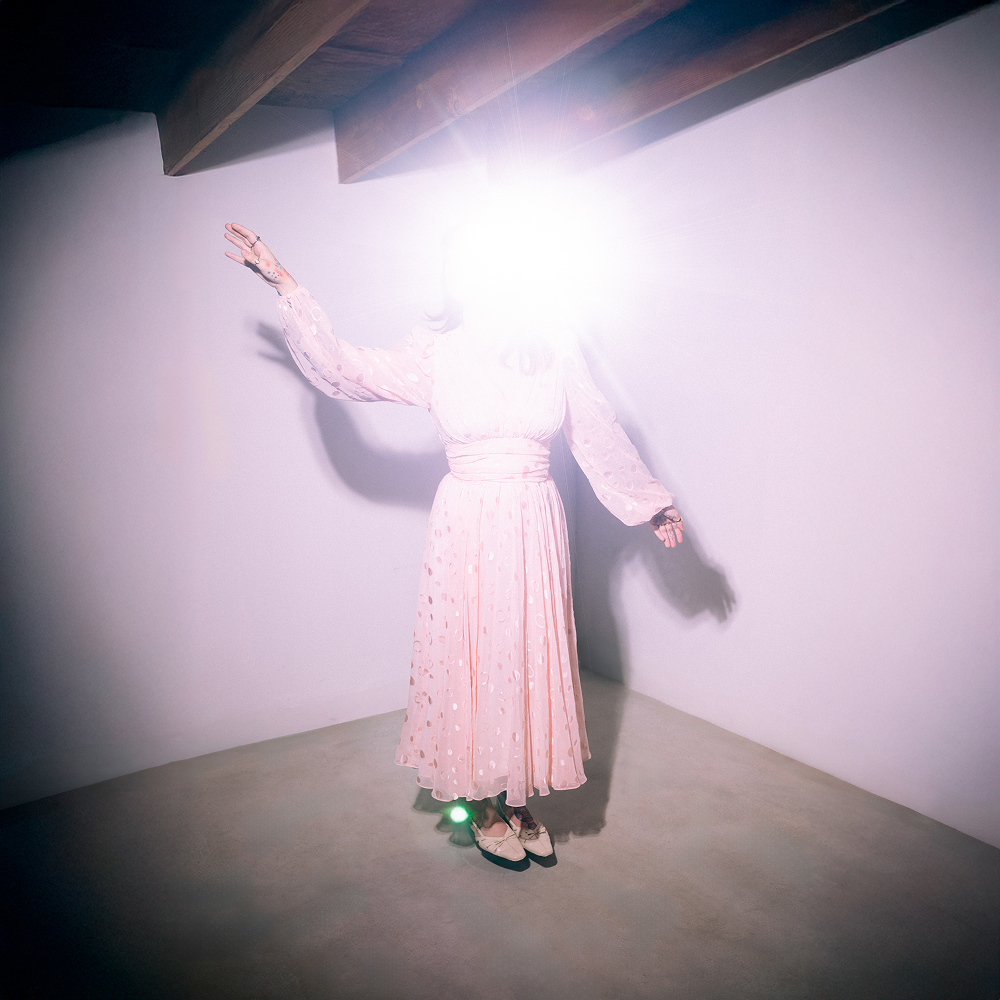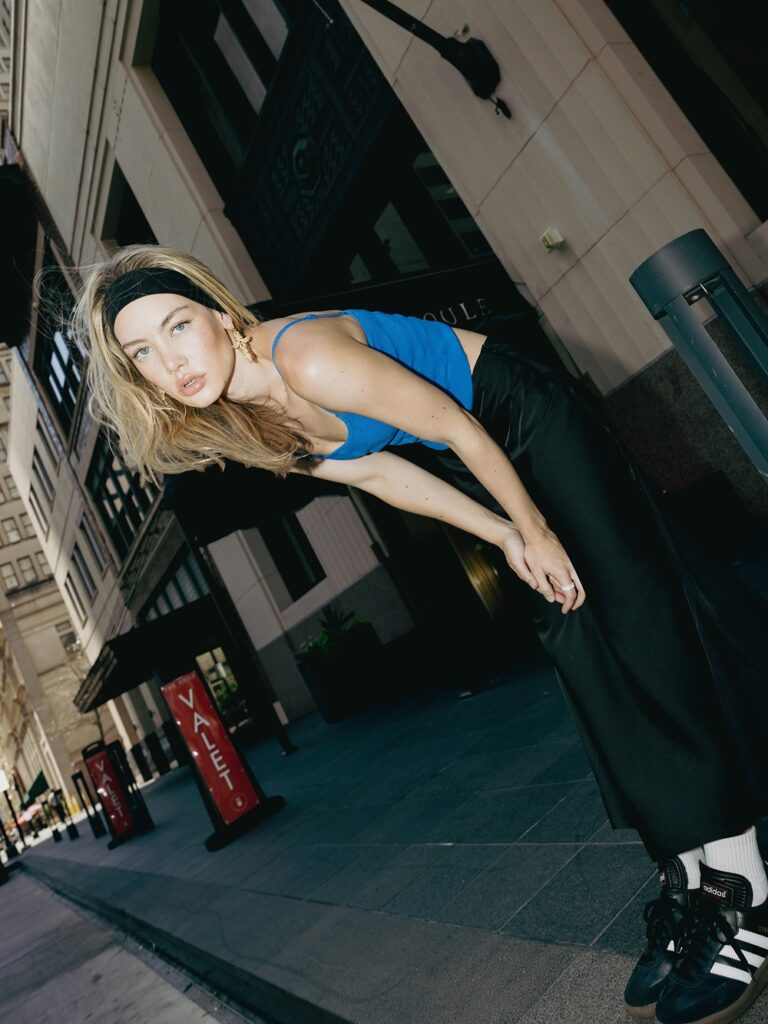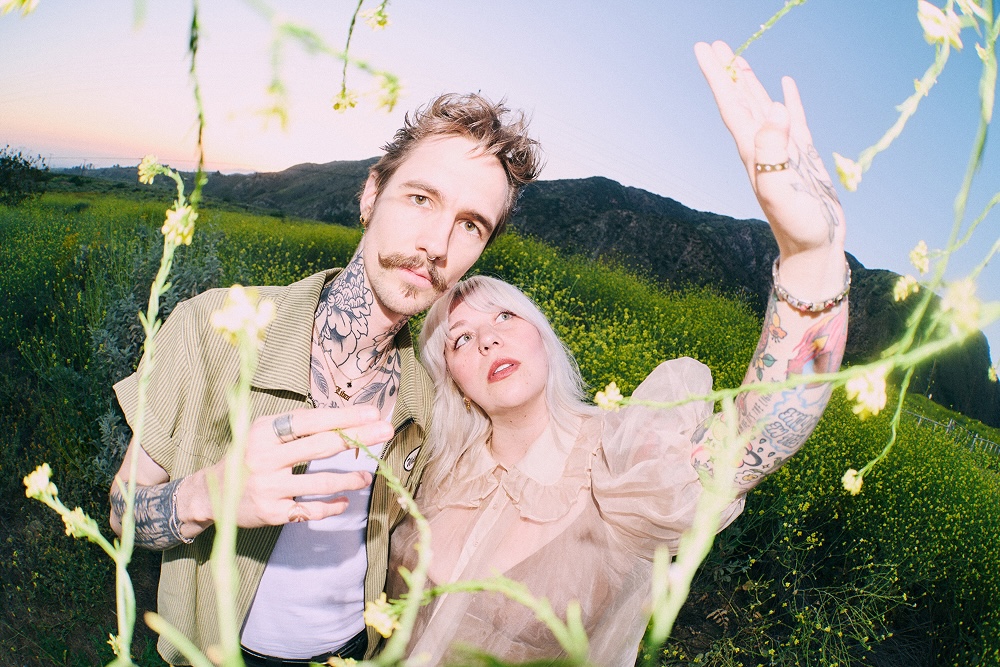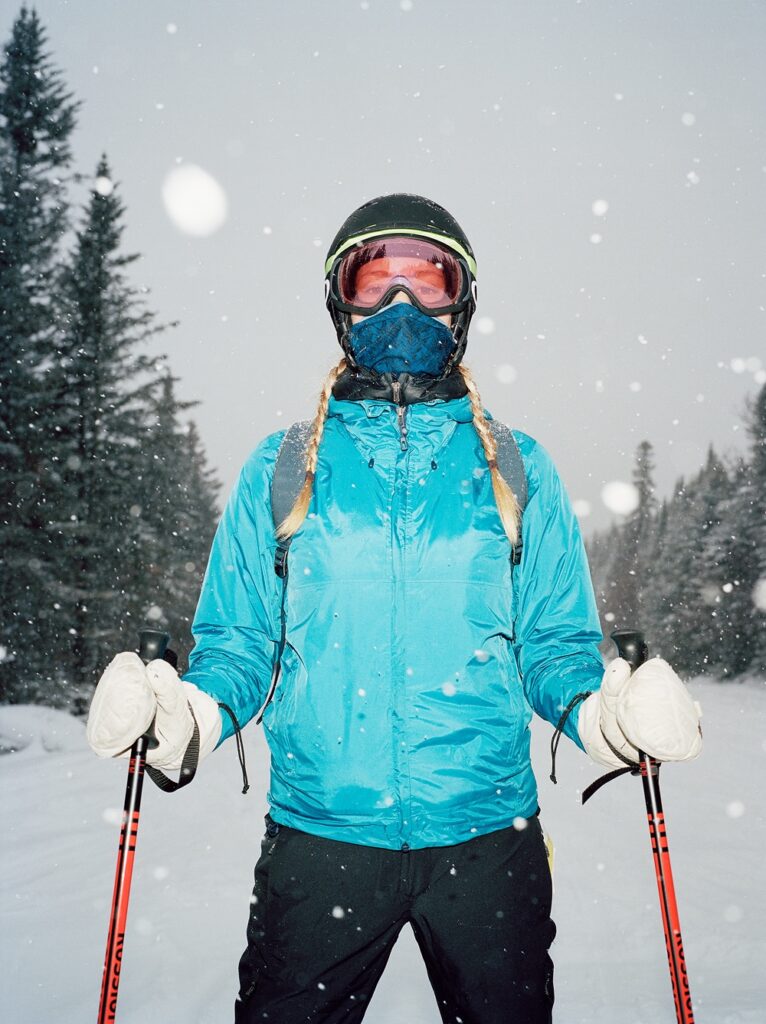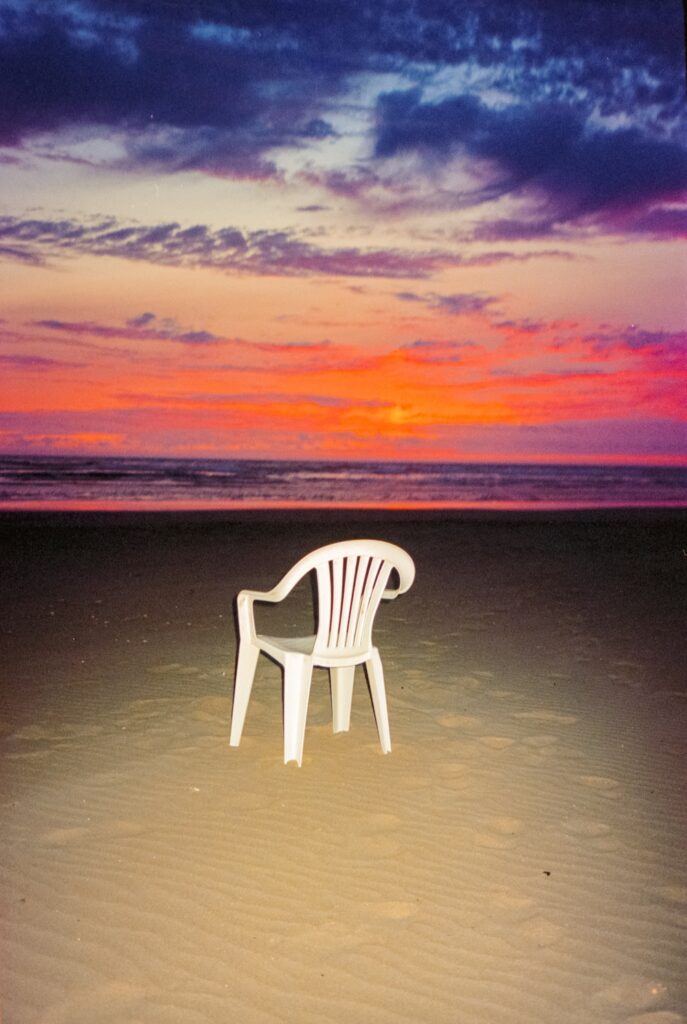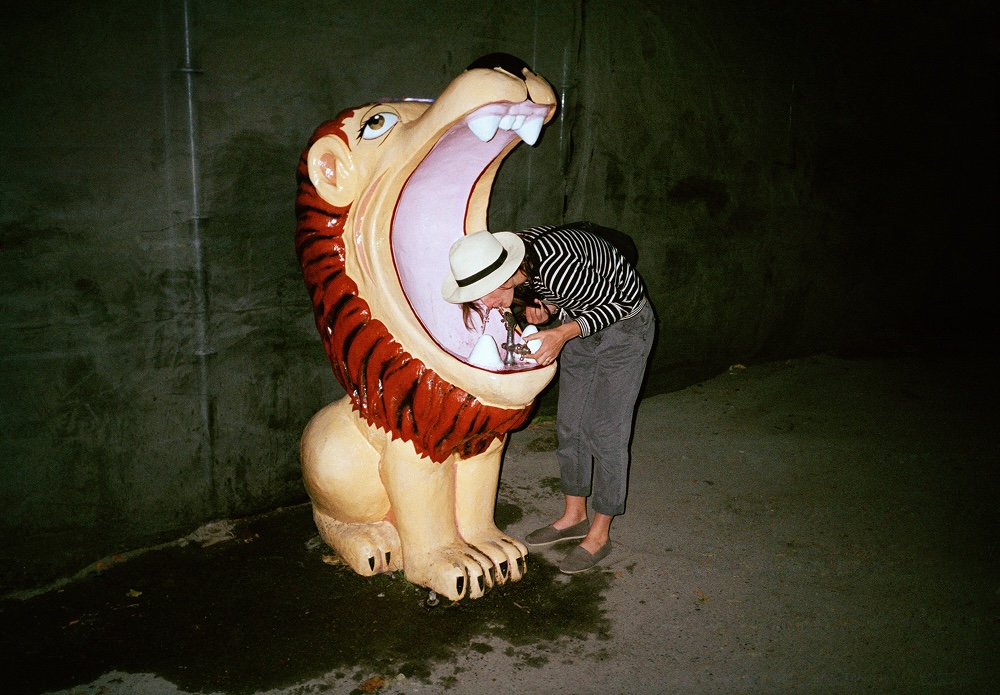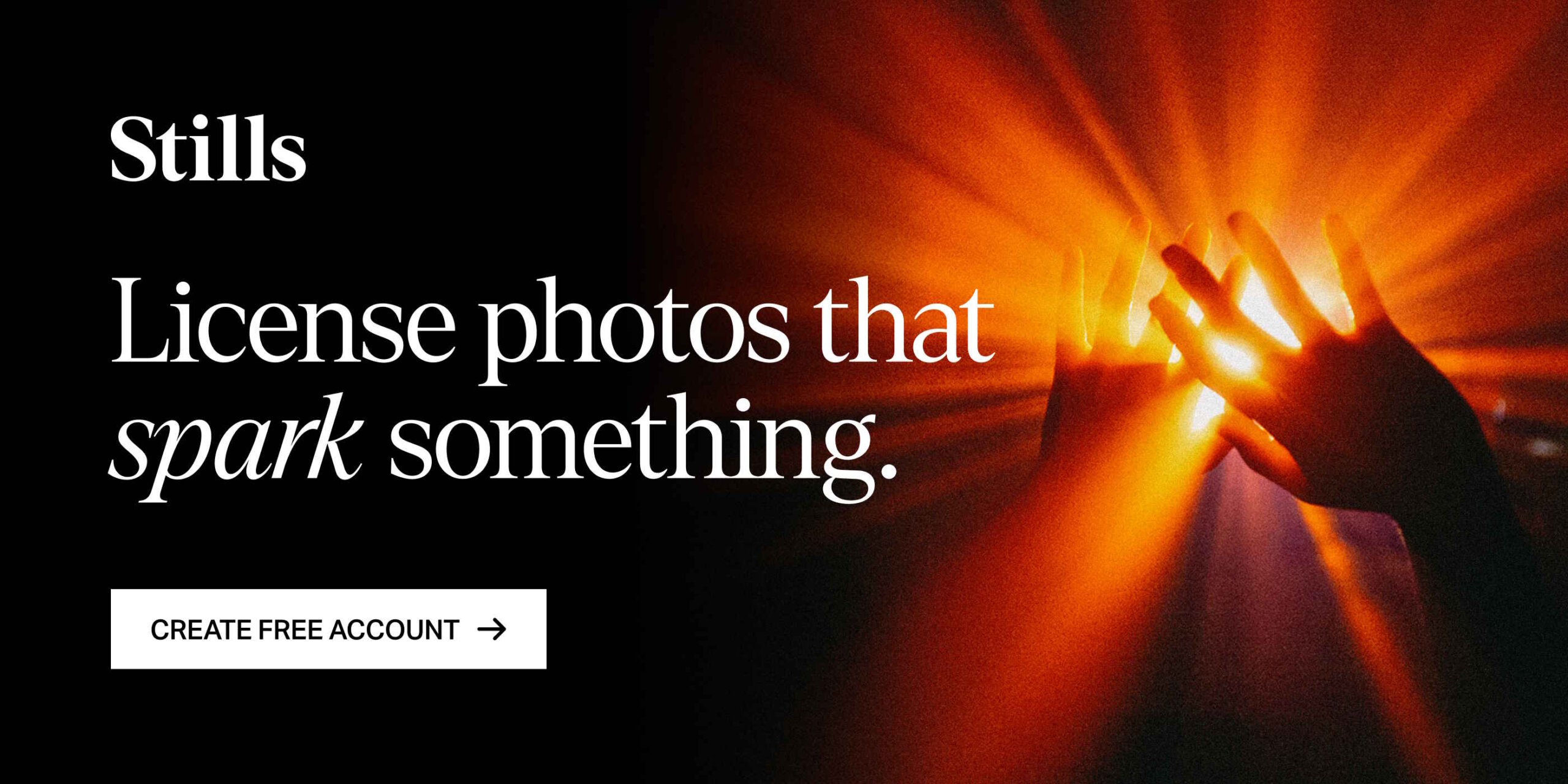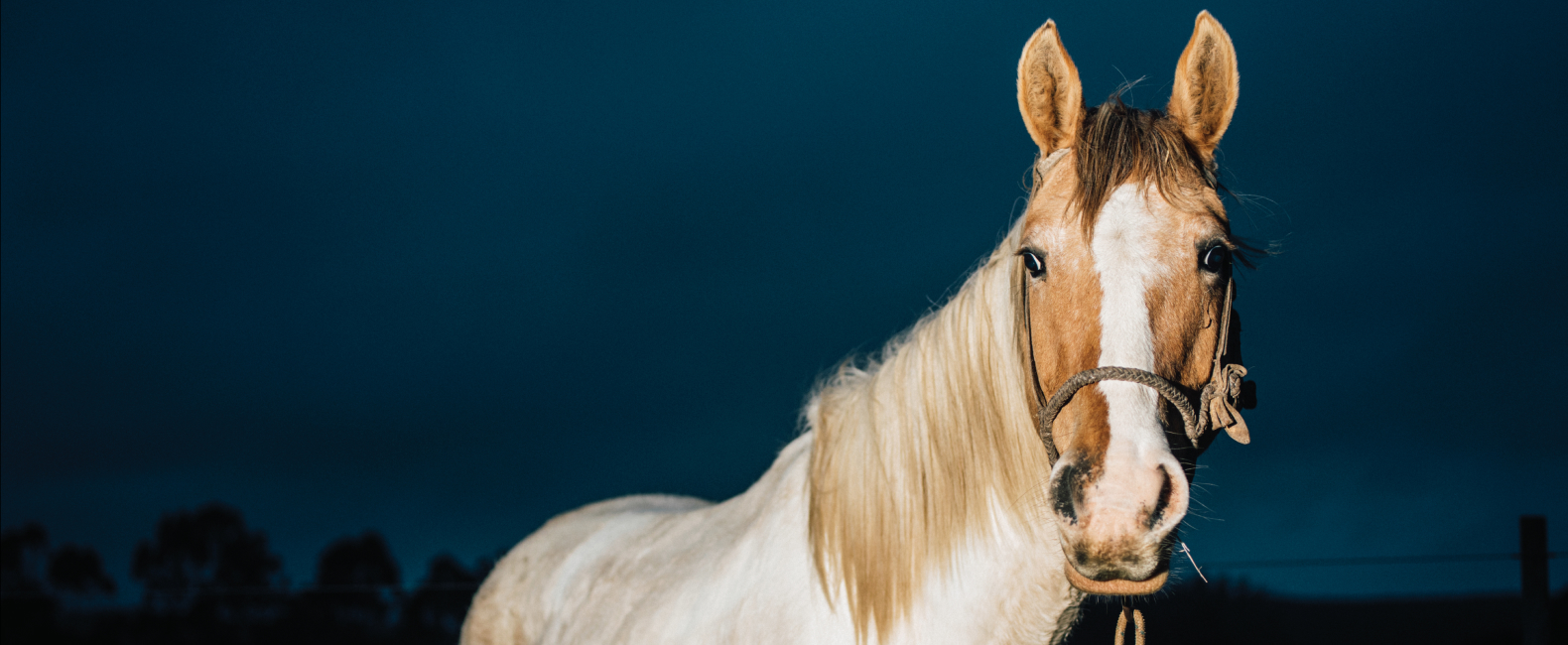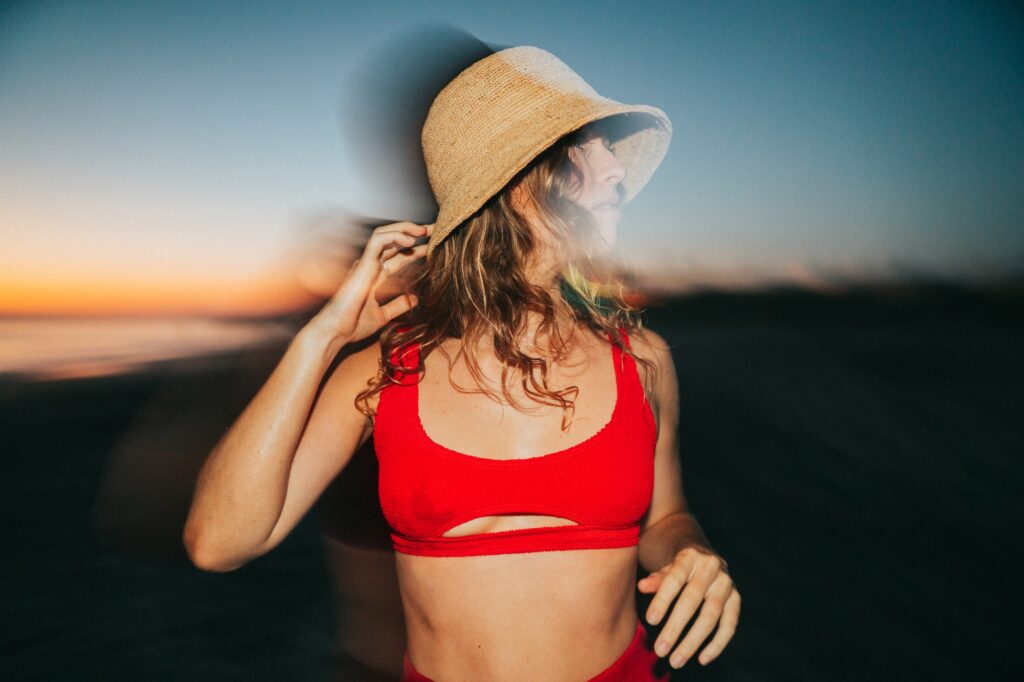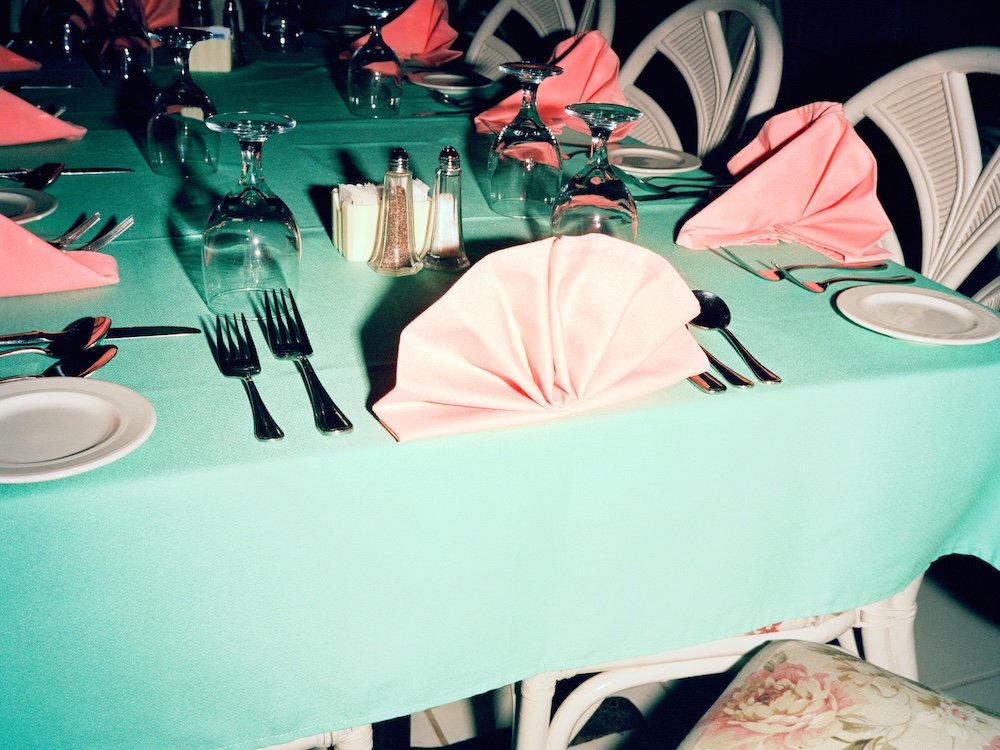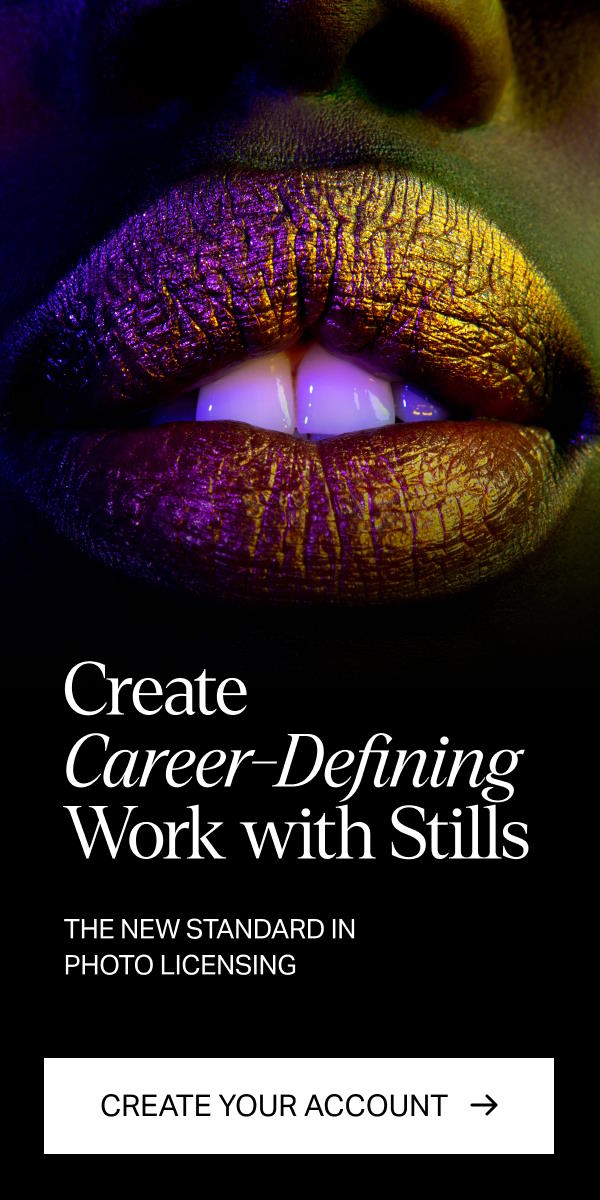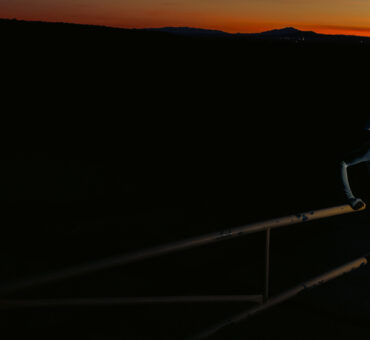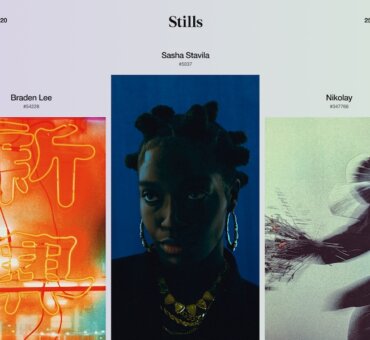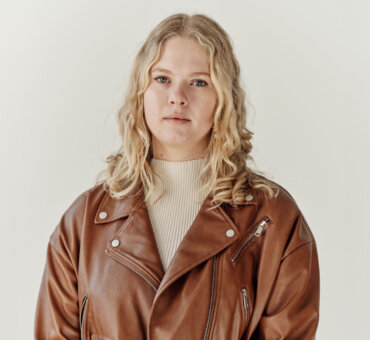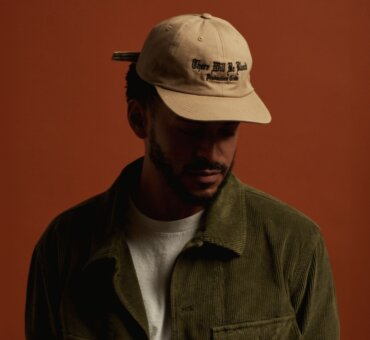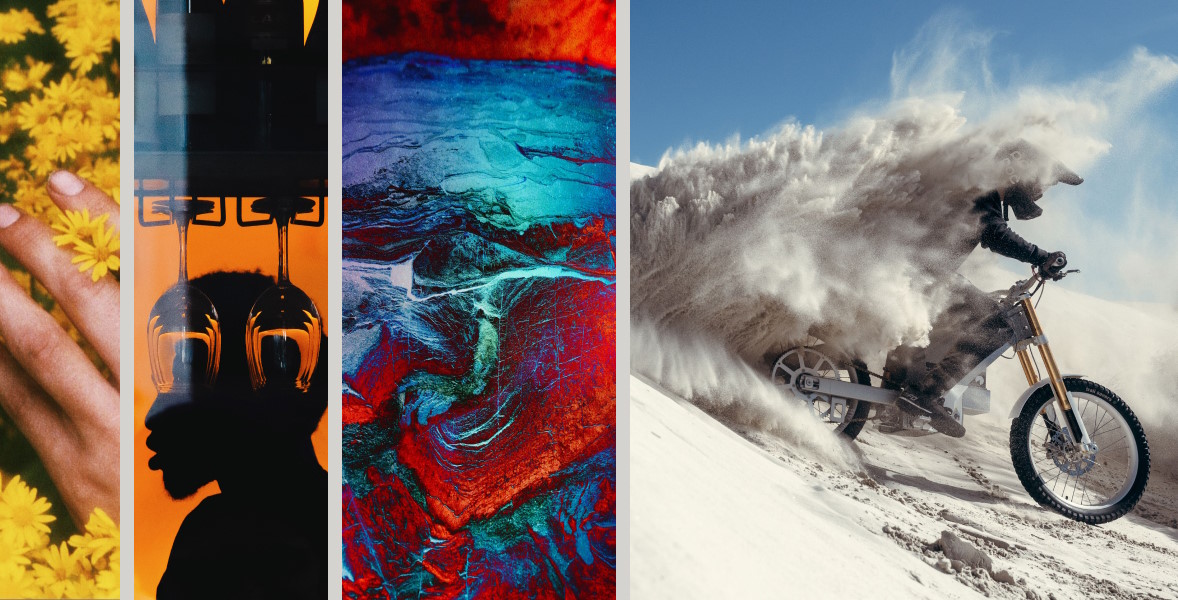What happens when you leave the flash on—even when the lighting doesn’t call for it?
You get something that feels raw, immediate, and impossible to ignore.
Once dismissed as an amateur accident or paparazzi byproduct, high-key flash photography has become a deliberate aesthetic choice in the creative world.
Across fashion, editorial, and advertising, more and more brands are embracing the look of direct, overexposed light and isolated subjects—not because they have to, but because it grabs attention and resonates with audiences in a way that perfectly lit, polished imagery often doesn’t.
RELATED READS: The Photography in Design Trend Report
This is “Flash On” photography, and it’s having a moment.
Harsh, Bright, and Unapologetically Real
Characterized by vivid subject isolation, hard shadows, and direct lighting, the “Flash On” style grabs attention fast—especially with audiences drawn to early-2000s visuals.
It’s messy.
It’s blown out.
And it’s extremely effective.
“There’s a higher need for things to feel authentic and ‘real’ in the digital space as we move forward,” says Victoria Stefania, a visual trend researcher. “We’re going to see more flash photography that displays the real and raw.”
What was once a technical flaw is now a visual strategy. Harsh flash lighting turns heads because it doesn’t try to hide anything.
Instead, it leans into imperfections—glossy skin, unflattering angles, overexposure—to create something that feels spontaneous, emotional, and real.
RELATED READS: Charley Pangus on Owning Your Design Style
Why “Flash On” Photography Works in Modern Branding
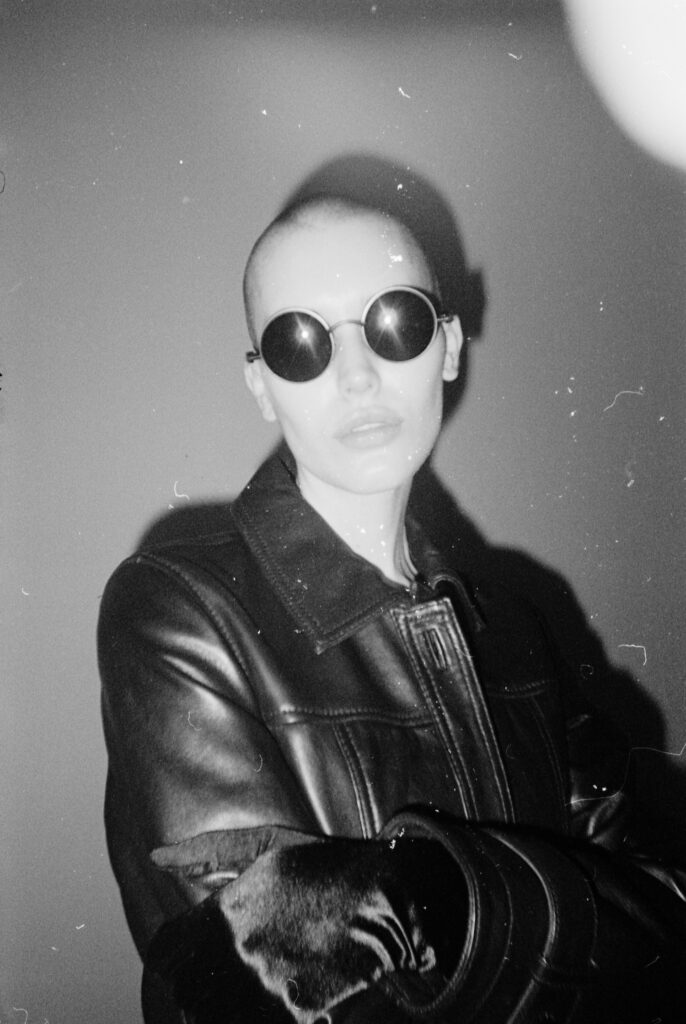
For years, brands obsessed over polish. From color grading to airbrushing, visual perfection became the default. That’s why “Flash On” photography feels like a breath of fresh air—it breaks the aesthetic norm.
Nowhere is this shift more evident than on platforms like TikTok and Instagram, where lo-fi visuals consistently outperform content that feels overly commercial. In that context, rawness becomes a form of credibility.
This style also taps into a deep well of cultural nostalgia. For millennials, it recalls club photos, glossy tabloid candids, and digital-camera selfies.
For Gen Z, it feels fresh and chaotic in a way that mirrors current trends in fashion, music, and design. It’s messy on purpose. Rebellious by design.
RELATED READS: Designer Q&A: Pushing Creative Boundaries with Jessica Walsh
5 Campaigns That Nailed the “Flash On” Look
Here are five recent campaigns that showcase just how powerful “Flash On” photography can be when done right:
1. Viktor&Rolf — Flowerbomb Extrême Campaign
For the Flowerbomb Extrême campaign, Viktor&Rolf embraced the visual language of “Flash On” photography to stunning effect.
Shot with deliberate overexposure and direct flash, the imagery isolates each subject against elegant interiors, making skin gleam, satin shimmer, and shadows fall hard.
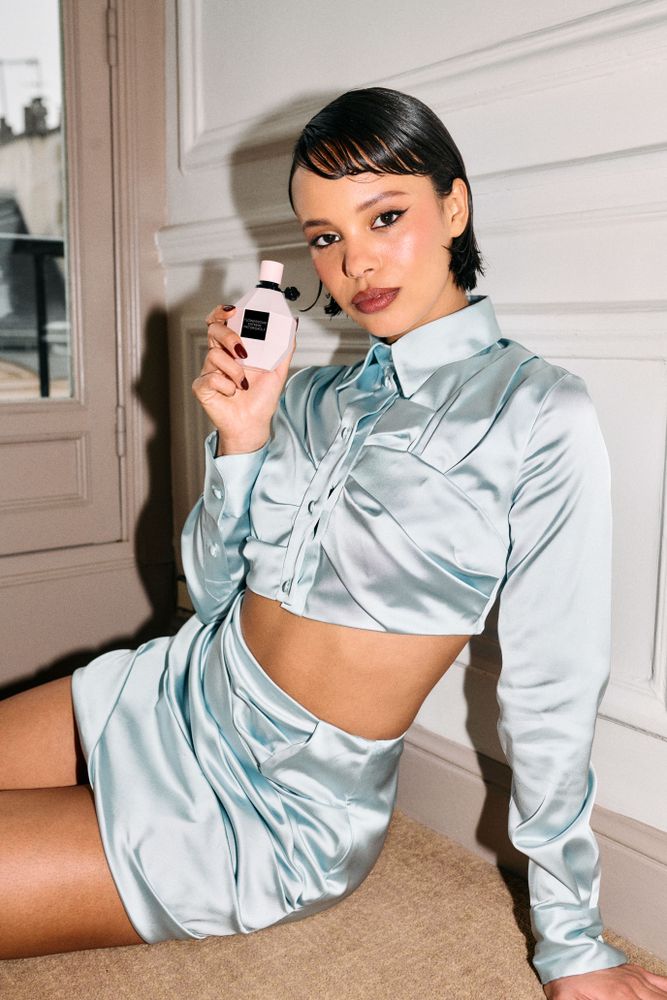
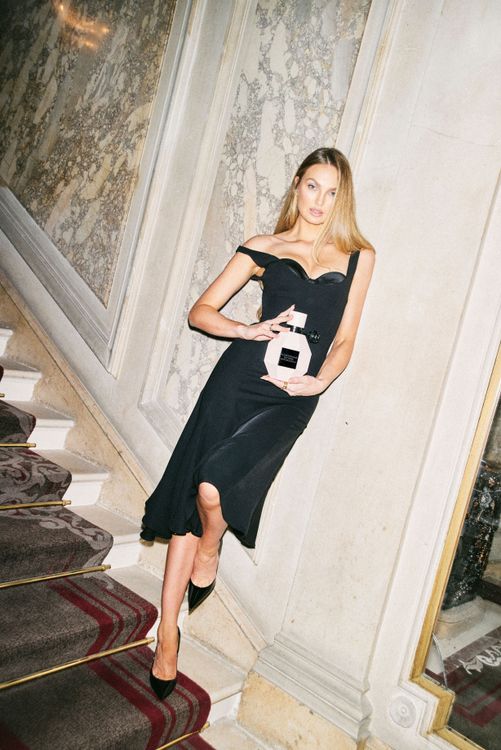
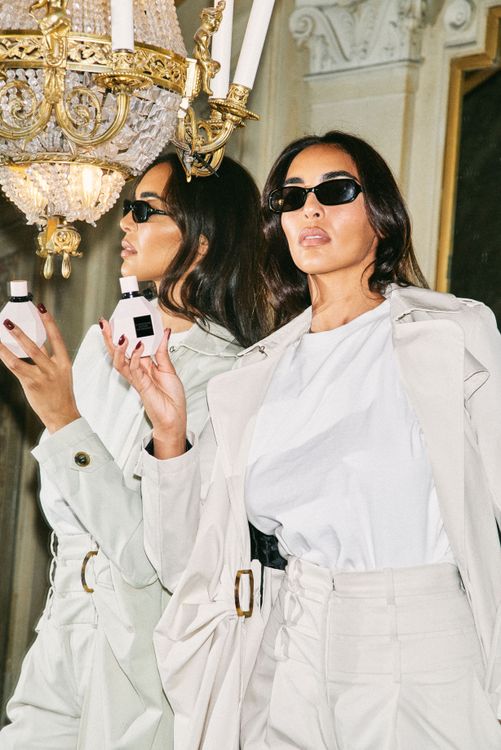
The result is an unapologetically modern take on glamour that feels both candid and editorial. Echoing Y2K-era flash aesthetics, the campaign invites immediacy and intimacy, capturing high fashion through a lens that’s raw, bright, and arrestingly real.
RELATED READS: Exploring Visual Narratives in Photography and Advertising
2. Marc Jacobs — Spring 2024 Eyewear
Shot on location in London, the Marc Jacobs Spring 2024 Eyewear campaign fully embraces the “Flash On” aesthetic. Harsh, direct flash heightens the textures of skin, fabrics, and backgrounds.
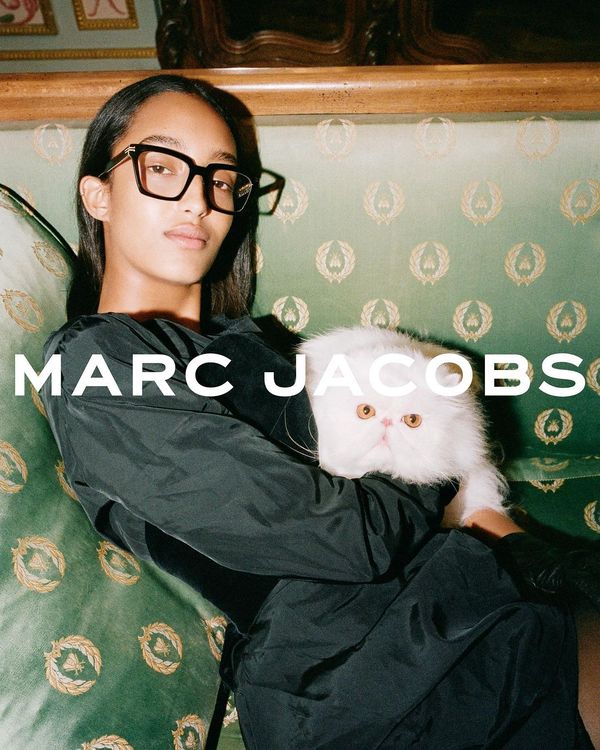
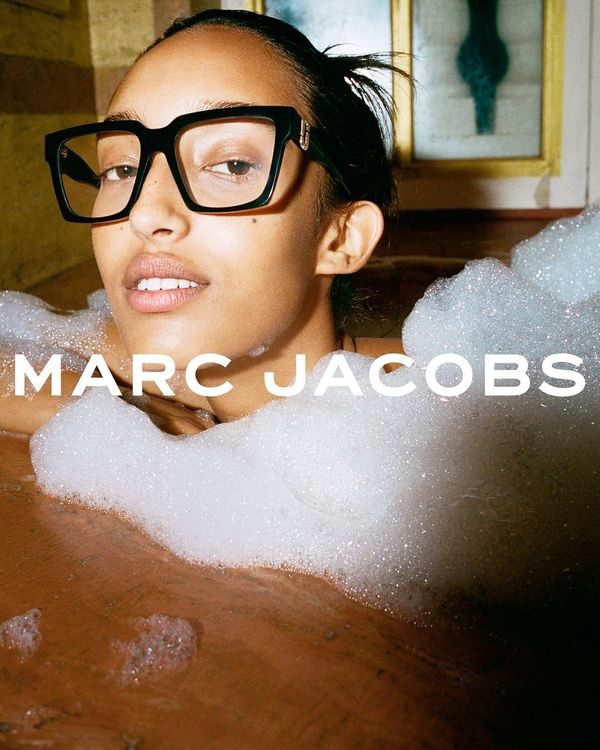
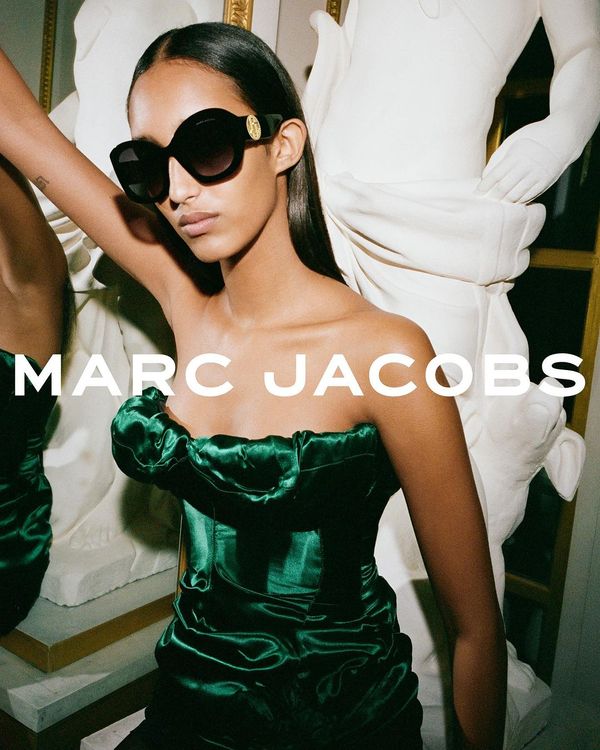
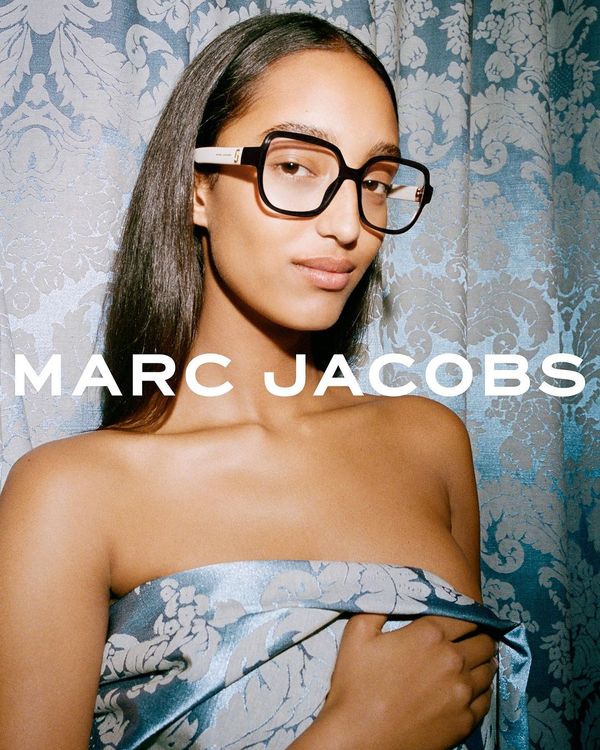
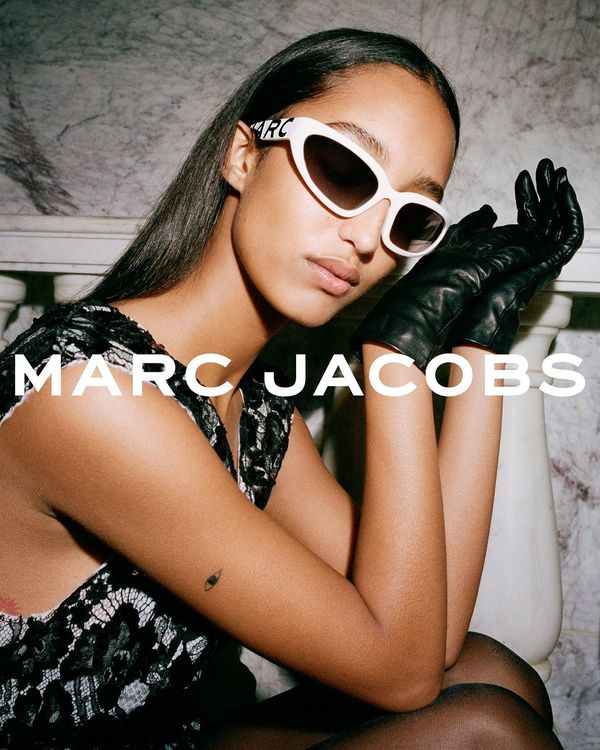
The lighting flattens space and sharpens contrast, evoking the raw immediacy of early-2000s paparazzi and point-and-shoot glam.
The eyewear becomes the focal point, catching and reflecting light in a way that feels both nostalgic and unapologetically modern. It’s lo-fi luxury with maximum impact.
3. Gucci — “The Art of Silk”
In The Art of Silk, Gucci pairs the elegance of heritage design with the raw immediacy of “Flash On” photography.
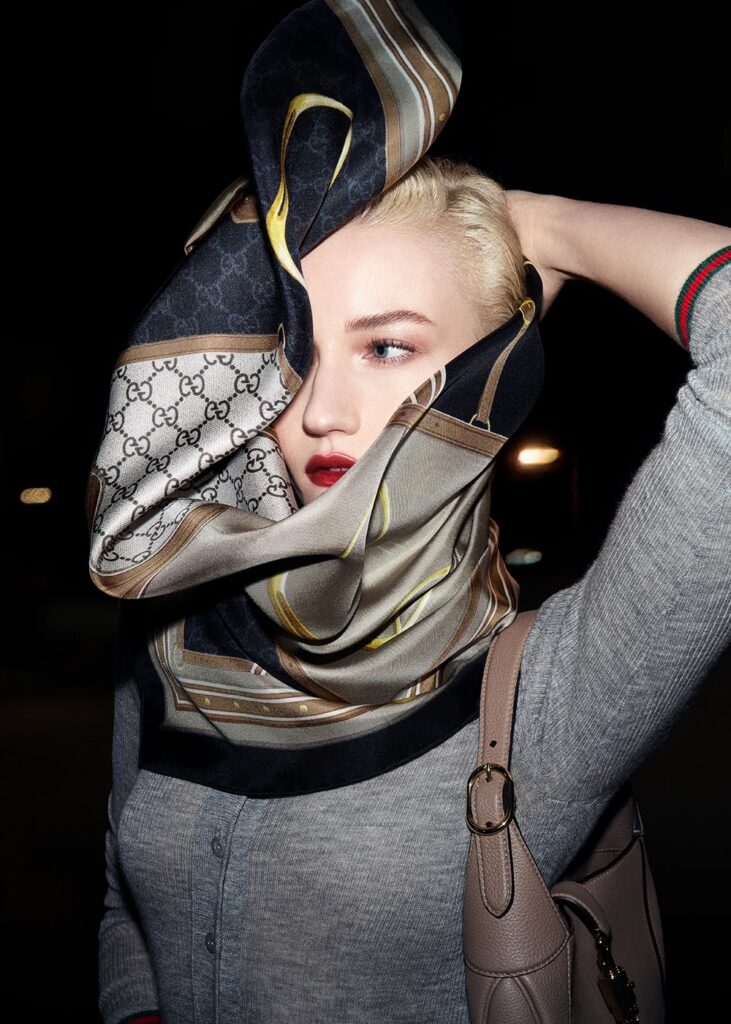
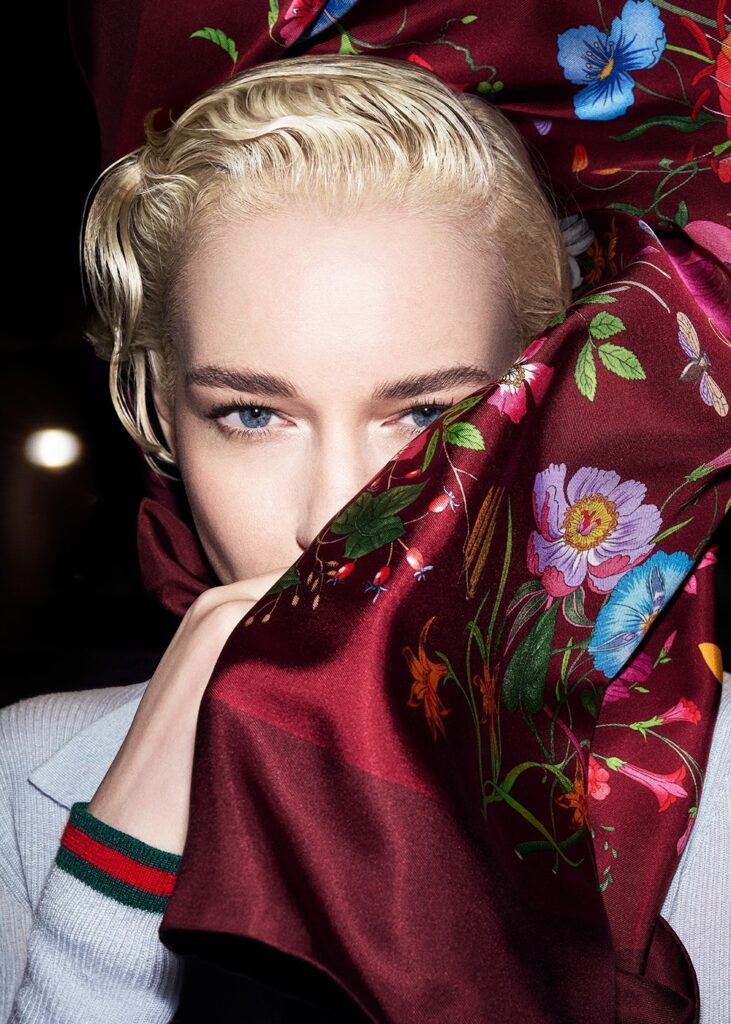
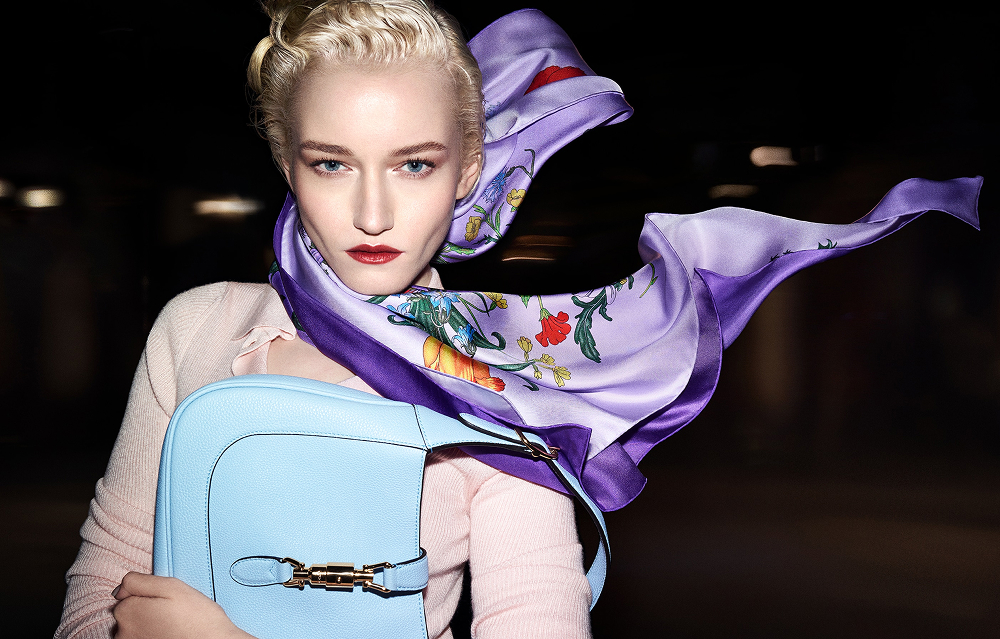
Led by photographer Steven Meisel, the use of direct flash isolates actress Julia Garner against dark, nondescript backdrops, amplifying the gleam of silk and the sharp textures of skin and fabric.
The aesthetic deliberately evokes a candid, paparazzi-adjacent mood, giving luxury an edge of spontaneity. It’s a striking blend of softness and intensity, where silk flutters, and the flash cuts through.
RELATED READS: Exploring Visual Narratives in Photography and Advertising
4. Alaïa — Winter Spring 23
Shot by Tyrone Lebon inside Sterling Ruby’s LA studio, the Alaïa Winter–Spring 2023 campaign channels classic glamour through a raw, contemporary lens.
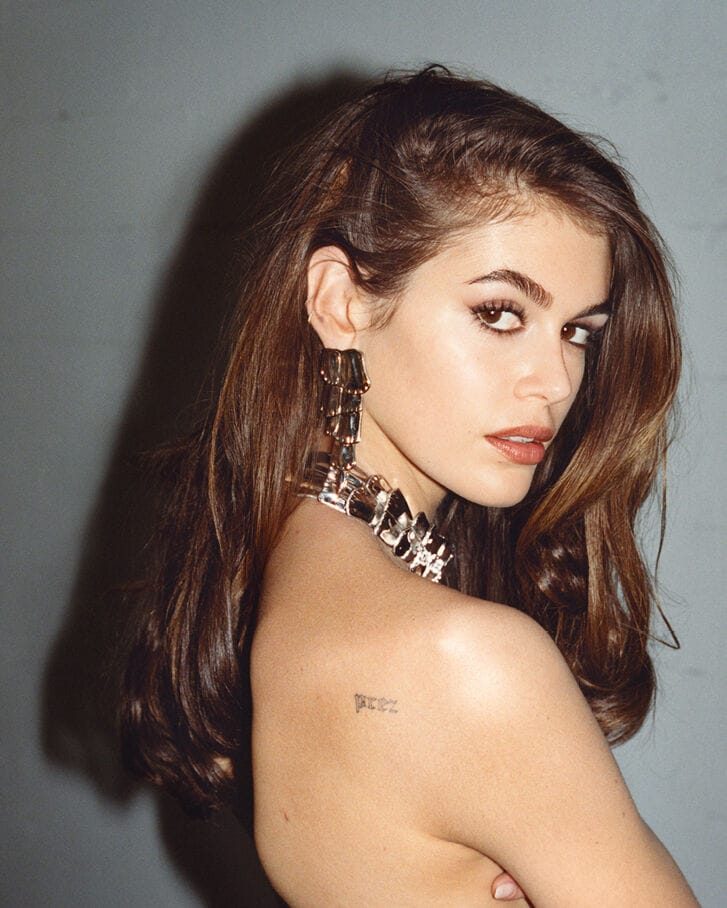
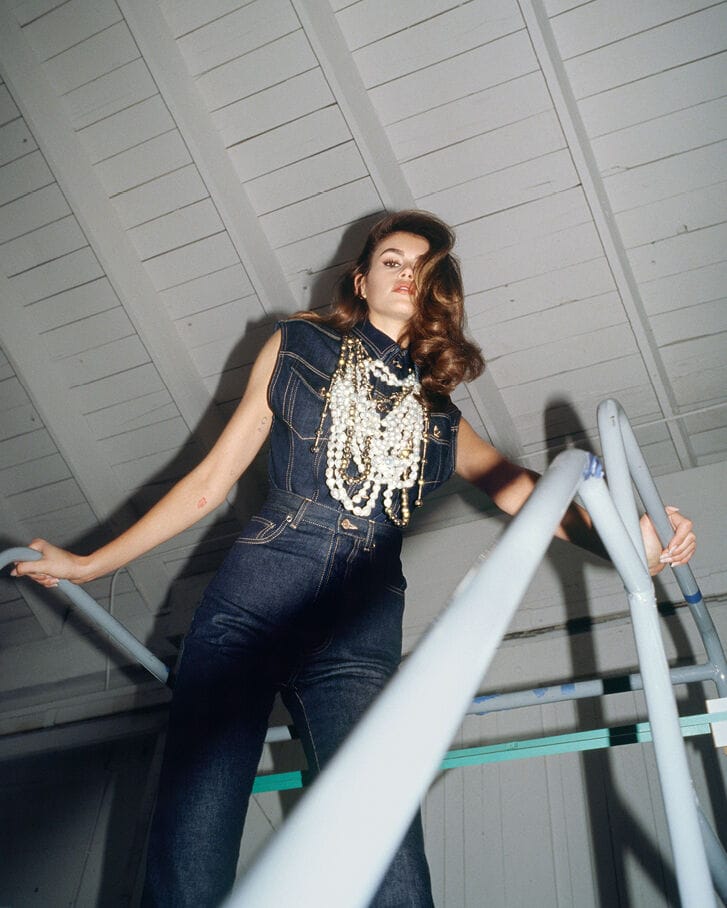
The use of direct flash strips away excess polish, illuminating Kaia Gerber’s features and surroundings with unfiltered clarity.
Harsh shadows, high-contrast textures, and slightly overexposed edges evoke the visual immediacy of ‘90s paparazzi shots, yet every frame still feels composed, sculptural, and elevated.
“Flash On” captures high fashion vibes with the intimacy of a candid.
5. FRAME and Sotheby — Debut Collection Campaign
For their debut collaboration, FRAME and Sotheby’s turned to “Flash On” photography to give their 1980s prep-inspired collection a sharp, modern edge.
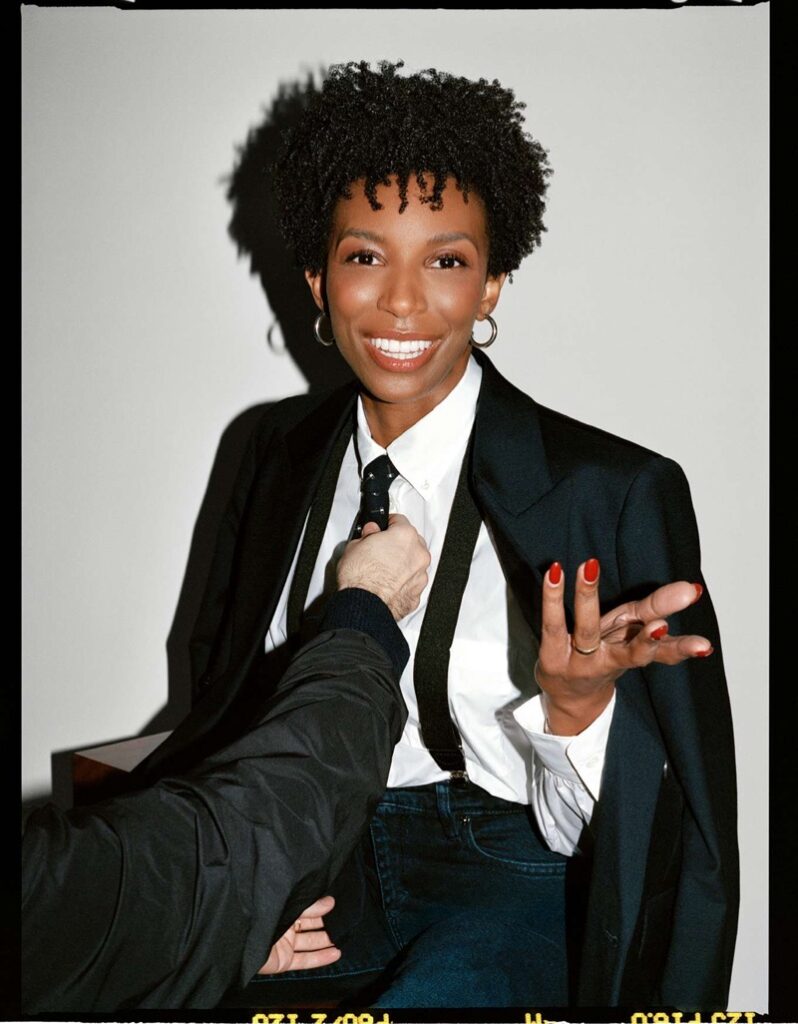
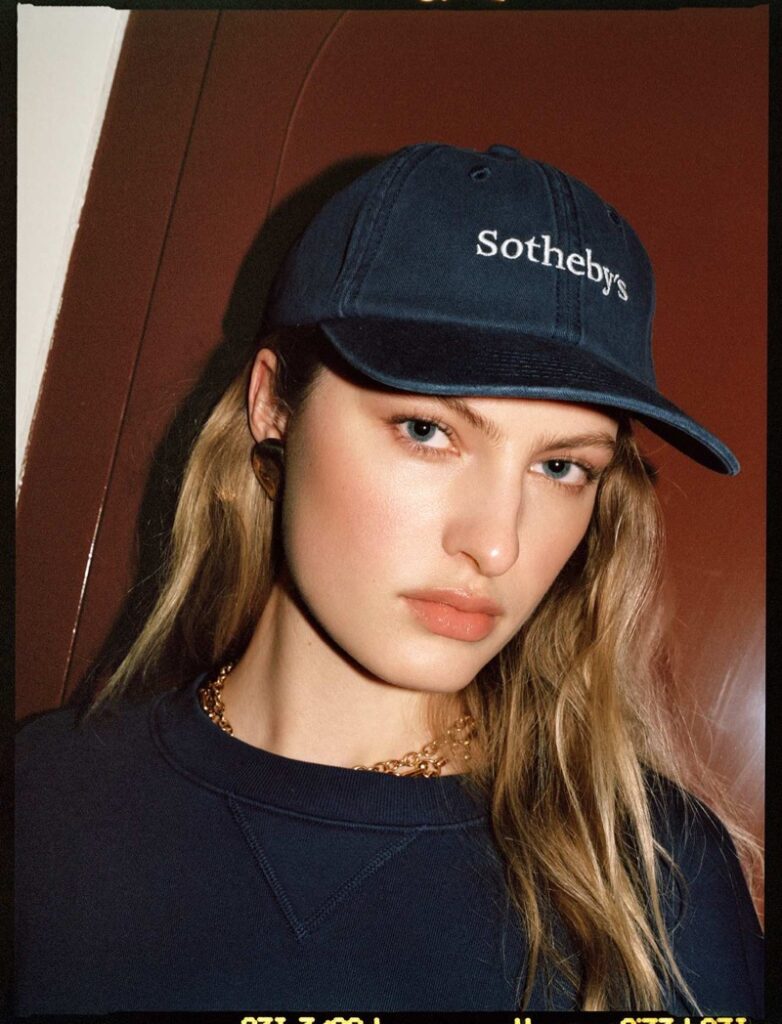
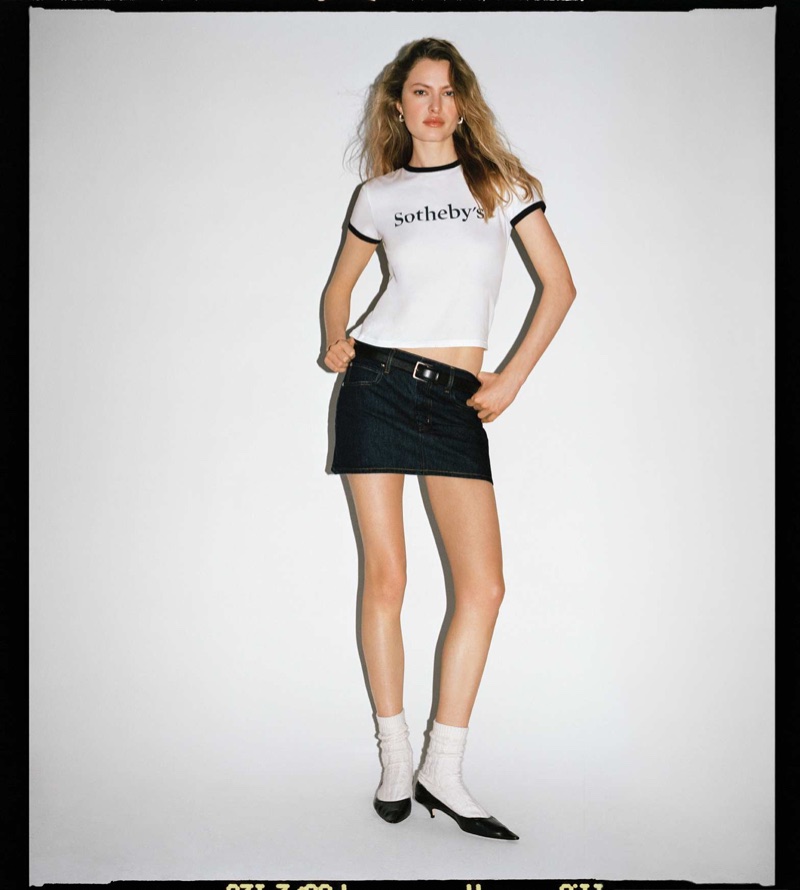
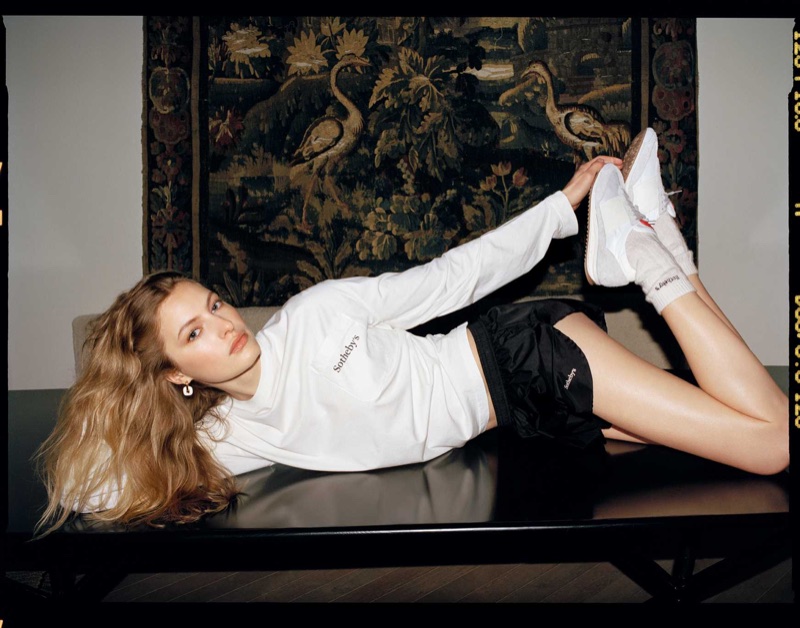
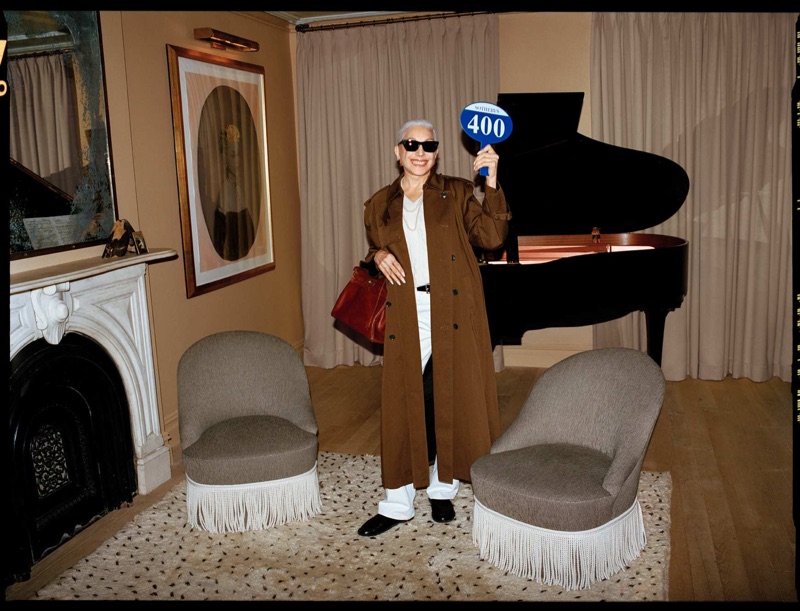
The campaign imagery is defined by direct, on-camera flash—bringing high contrast, sharp textures, and a sense of spontaneity to otherwise polished, heritage-driven styling.
Whether it’s a baseball cap lit with harsh clarity or a blazer caught mid-adjustment, the aesthetic calls back to vintage paparazzi and candid fashion snaps.
How to Use “Flash On” Aesthetics in Your Own Work
This aesthetic does tap into nostalgia, but it’s also powered by a sense of nowness. “Flash On” imagery taps into the cultural desire for truth—however messy, bright, or blown-out it may be.
It tells the audience: this wasn’t overthought. It just happened.
So how can designers and creatives use this look without falling into gimmick?
A few pointers:
1. Use flash to create contrast.
Whether it’s between subject and background or polished and lo-fi elements, the tension is what grabs attention.
2. Lean into imperfection.
Overexposure, glossy skin, and harsh shadows are assets, not flaws.
3. Let context inform the choice.
“Flash On” photography works best when there’s an underlying theme of spontaneity, nightlife, rebellion, or raw emotion.
4. Pair it with clean layouts.
Let the photography be wild, but balance it with a strong typographic structure and negative space.
5. Know your audience.
This look will resonate most with Millennial and Gen Z viewers, particularly those already immersed in vintage or Y2K revival aesthetics.
RELATED READS: From Swiss Precision to DIY Boldness: Inside Jesse Nyberg’s Dynamic Design Journey
Final Thoughts: A Return to Reality
“Flash On” photography may feel nostalgic, but its resurgence is very much a response to the now. In a world saturated with perfection, the raw and the real stand out.
And ironically, it’s through a visual tool once considered unrefined—the camera flash—that brands are rediscovering how to connect.
So if you’re looking for a way to stop the scroll, break the polish, and inject a little chaos into your creative, turn the flash on.
Explore “Flash On” Imagery on Stills

